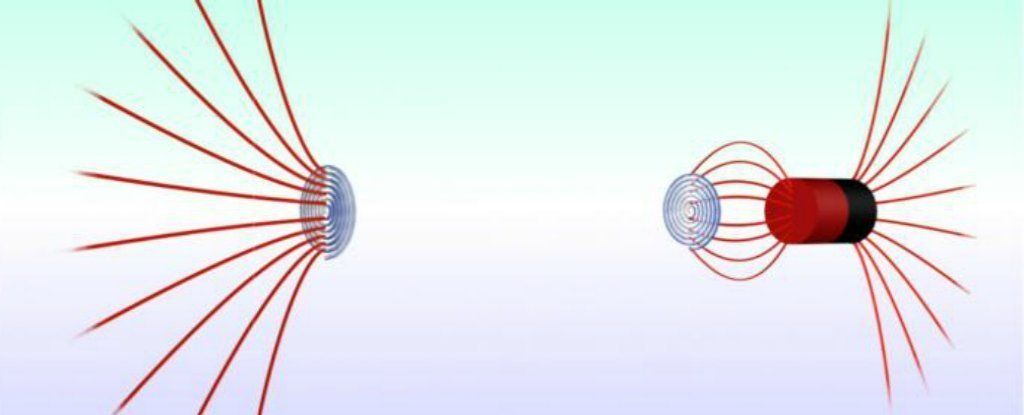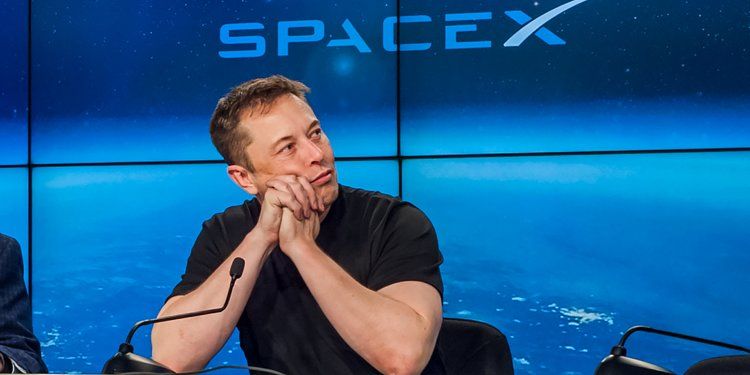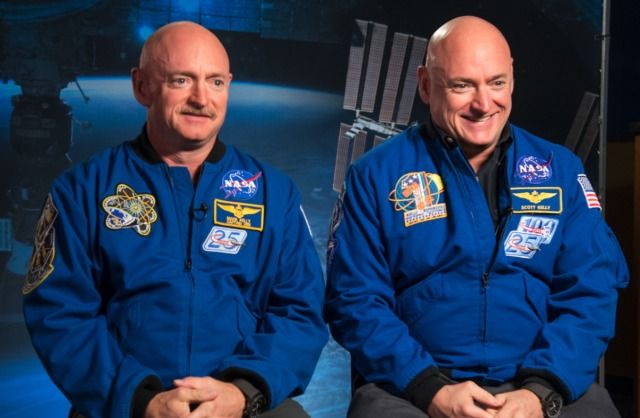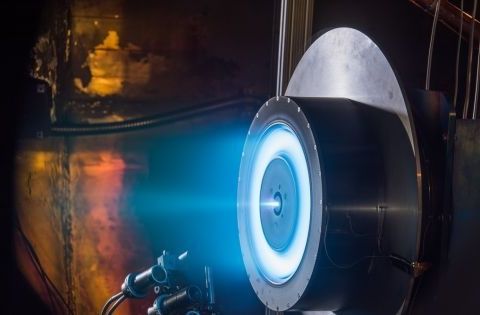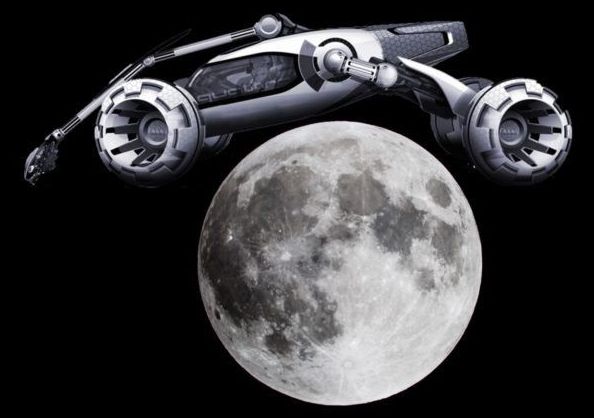
For all those people wandering around our great Australian cities and spewing they can’t watch a streaming video over 4G because of network access and congestion — we’ve found a place where you can get access to a brand new 4G network that isn’t being hammered. The downside — you’ll need to travel about 384,000km to get there. Nokia and Vodafone are teaming up to put 4G on the moon.
German company PTScientists is planning the first privately-funded Moon landing in 2019, using a SpaceX Falcon 9 rocket from Cape Canaveral. Their plan is is to look at an old roving vehicle left behind back in 1972, when the last Apollo mission left the lunar surface. And, to do that, the new vehicles they’re sending up small, 1kg, base stations to transmit HD images from the moon’s surface back to earth for the first time. Audi is building the vehicles that will be used on the lunar surface.
Nokia said “The 4G network will enable the Audi lunar quattro rovers to communicate and transfer scientific data and HD video while they carefully approach and study NASA’s Apollo 17 lunar roving vehicle that was used by the last astronauts to walk on the Moon”.
Read more




